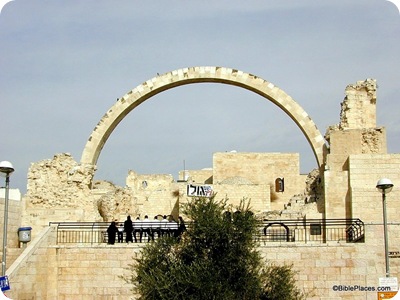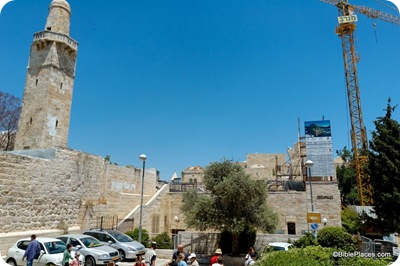Until 1948, one of the largest and most important Ashkenazi synagogues in the Old City of Jerusalem was the Hurva Synagogue. Fighting in May 1948 left the building in ruins, but following the city’s capture by Israel in 1967, plans were discussed to reconstruct the synagogue. The interested parties could not agree on a solution, and so in 1977 a memorial arch was erected. In 2000, plans were approved to rebuild the synagogue following its original design, and in 2005, work commenced.
For more about the Hurva Synagogue, see the Wikipedia article or these Google links.




3 thoughts on “Hurva Synagogue Reconstruction”
I wondered as I saw this how much investigation they did under this site. It seems like the whole hill could be rich with 1C AD finds. As I recall, it’s not far from the mansion in the Wohl.
I do wonder just how hard they looked.
I’m not sure where to ask this but I had a question. So far from my research, the Exodus and Joshua accounts hold up rather well when moved to the 13th century and lessen the amount of people mentioned. Anyway, I wanted to know how Joshua avoided the Egyptians when he took over all of those cities. From what I can tell, he only really took over towns in the highlands. Did Egypt not really care so much about any highland settlements? It doesn’t seem like they would. I would REALLY apperciate it if you would let me know.
[email protected]
Squeehunter,
I think you’re on the right track. The Bible indicates that the Israelites were most successful in holding territory in the hill country, and not successful in efforts to live in the plains and valleys. The Egyptians were most interested in the Coastal Plain and the Jezreel Valley because this was where the international road was, and that gave them access to points beyond.
BTW, I don’t think this question is significantly affected by whether one dates the arrival of the Israelites to the 15th or the 13th centuries. For other reasons, I think the 13th century has more problems than the 15th century view.